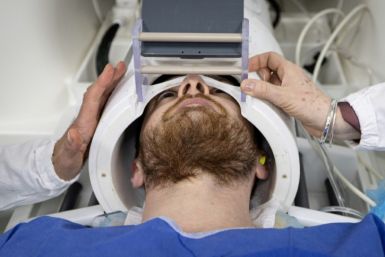When The Black Hole Was Born?

Researchers have found that the era of first fast growth of the most massive black holes occurred when the universe was only about 1.2 billion years old - not two to four billion years old, as was previously believed - and they're growing at a very fast rate.
Most galaxies in the universe, including our own Milky Way, harbor super-massive black holes varying in mass from about one million to about 10 billion times the size of our sun.
The data obtained with the advanced instrumentation show that the black holes that were active when the universe was 1.2 billion years old are about ten times smaller than the most massive black holes that are seen at later times, according to a team of astronomers from Tel Aviv University.
However, they are growing much faster. The measured rate of growth allowed the researchers to estimate what happened to these objects at much earlier as well as much later times.
The team found that the very first black holes, those that started the entire growth process when the universe was only several hundred million years old, had masses of only 100-1000 times the mass of the sun. Such black holes may be related to the very first stars in the universe.
Researchers have also found that the subsequent growth period of the observed sources, after the first 1.2 billion years, lasted only 100-200 million years.
The new study is the culmination of a seven year-long project at Tel Aviv University designed to follow the evolution of the most massive black holes and compare them with the evolution of the galaxies in which such objects reside.
The results will soon appear in Astrophysical Journal.
© Copyright IBTimes 2024. All rights reserved.











